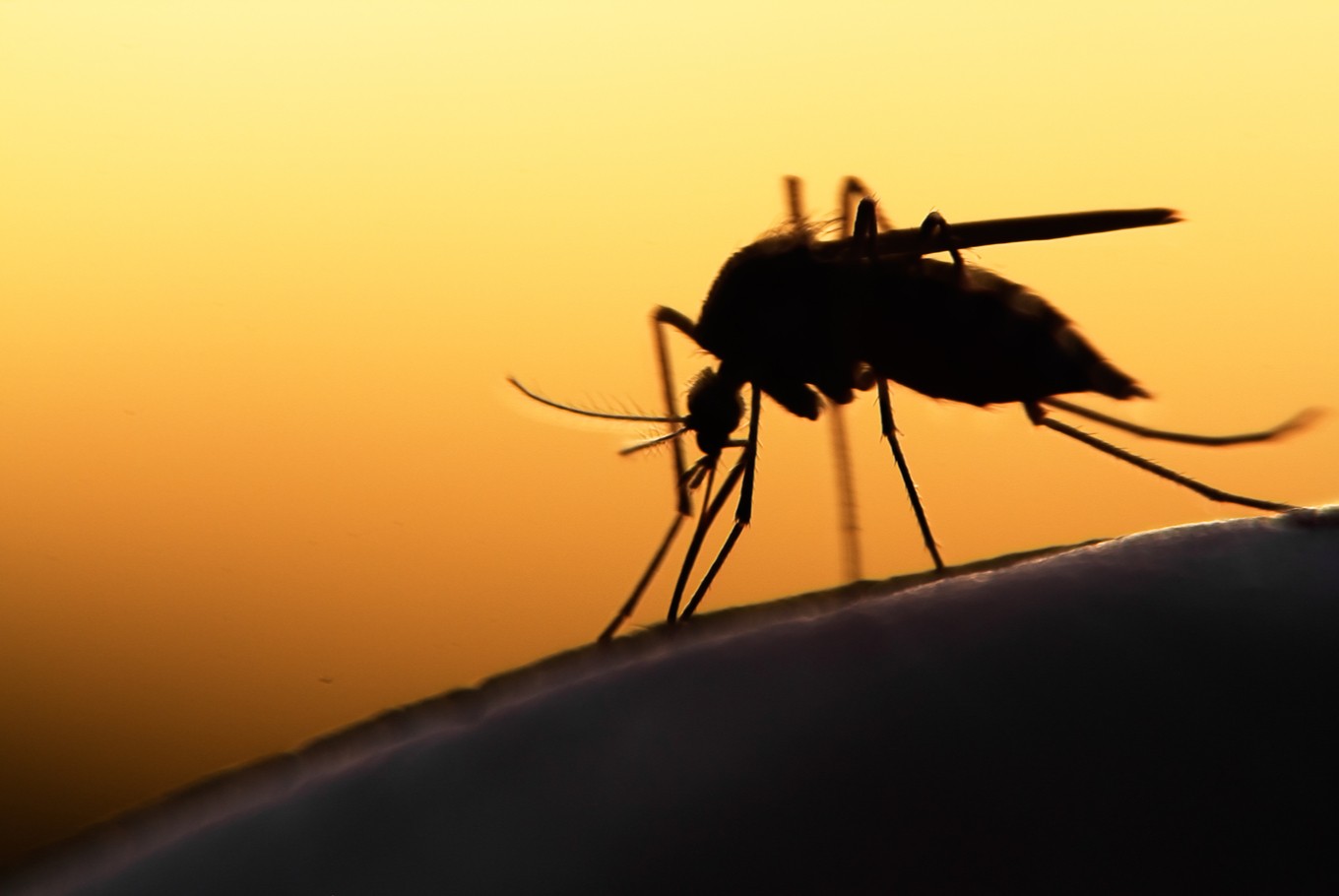Popular Reads
Top Results
Can't find what you're looking for?
View all search resultsPopular Reads
Top Results
Can't find what you're looking for?
View all search resultsEnding malaria: A race against the clock
The theme of this year’s World Malaria Day was “Ready to Beat Malaria”. But, are Indonesia and the world ready to defeat this deadly disease?
Change text size
Gift Premium Articles
to Anyone
M
alaria, which means “bad air” in Italian, has been around for several thousands of years. Despite progress in intervention, medicine and research, the disease still affects millions of people.
The World Health Organization’s (WHO) Malaria report 2017 says that in 2016, an estimated 216 million cases of malaria occurred worldwide: In the African region (90 percent), followed by the Southeast Asia region (7 percent) and the Eastern Mediterranean region (2 percent). It also said an estimated 445,000 people died of malaria globally in 2016, with Africa accounting for 91 percent, followed by the Southeast Asia region (6 percent).
Malaria is caused by the protozoan parasite Plasmodium. Human malaria is caused by five different species of Plasmodium: P. falciparum, P. malariae, P. ovale, P. vivax and P. knowlesi.
Of these, P. falciparum and P. vivax are the most prevalent and P. falciparum is the most dangerous, with the highest rates of complications and mortality.
Female Anopheles mosquitoes transmit the malaria parasite. The most severe form is caused by P. falciparum with variable clinical features including fever, chills, headache, muscular aches, weakness, vomiting, cough, diarrhea and abdominal pain.
Worse still, malaria has now become a more menacing global public health threat with the emergence of multidrug-resistant super malaria in the Mekong region in Southeast Asia since 2007, when scientists found that this dangerous form of the parasite cannot be killed with the main drugs currently used to treat the infectious disease.
“We have to eliminate it before malaria becomes untreatable,” WHO director general Tedros Adhanon Ghebreyesus said in the report.
Read also: 'Super malaria' spreading through SE Asia, poses global threat
Elimination has never been so urgent, as more than two billion people in Asia and the Pacific remain at high risk and nearly 50,000 die annually from malaria.
“If we continue with a business as usual approach — employing the same level of resources and the same interventions — we will face a near-certain increase in malaria cases and death,” he added.
Urgent action is required to get the global fight against malaria back on track, requiring greater investment and expanded coverage of proven tools that prevent, diagnose and treat malaria.
There will be two major gatherings on the eradication of malaria by 2030. The first is the Global Forum of malaria-eliminating countries, organized by the WHO to bring together experts from 21 countries. The second gathering will be the first World Malaria Conference in Melbourne, Australia in July, 2018. Indonesia is expected to take an active part in the two events.
In the Asia-Pacific region, after China and India, no other country has more people living at risk of malaria than Indonesia — home to over 20 anopheline vectors of malaria, which transmit all four of the species of Plasmodium that routinely infect humans, according to the Asia-Pacific Leaders Malaria Alliance (APLMA)
About 50 percent of Indonesia’s population of 254 million is at risk of malaria. The most affected areas are outside Java, in particular the eastern part of Indonesia, from East Nusa Tenggara to Maluku and Papua.
Only Jakarta and Bali have zero to low levels of transmission. Malaria kills over 30,000 Indonesians and causes between 10 and 12 million more people to fall ill each year.
According to the Health Ministry, malaria elimination programs in 247 districts and municipalities with a total population of 193 million have been successful in eliminating malaria transmission.
Health Minister Nina Moeloek explained that by October 2017, malaria had been successfully eliminated in 266 districts and municipalities. “We have implemented bed net programs in highly malaria-endemic areas,” she said.
The ministry had distributed 3.89 million bed nets by the end of 2017, she added.
Providing bed nets is one of the most effective ways to prevent malaria, in addition to spraying the interior and exterior of homes and prompt diagnosis and treatment. But, this is not enough. Further research and studies are needed to end malaria.
Stephen Rogerson, a professor at the Center for Research Excellence (CRE) in Malaria Elimination at the Peter Doherty Institute in Melbourne, said there were three major research challenges in malaria elimination: The need for better malaria tests that can be carried out in the community to detect infection; safe treatment that can eradicate the vivax malaria parasite from the liver to stop relapsing infection; and the emerging problem of drug resistance, especially in the greater Mekong sub-region.
He also said one broader challenge for malaria research was, “the gap between how well a treatment works under trial conditions, and how effectively it is used on a day-to-day basis”.
The road to ending malaria by 2030 remains challenging with the current progress in research, funding and global political commitment.











